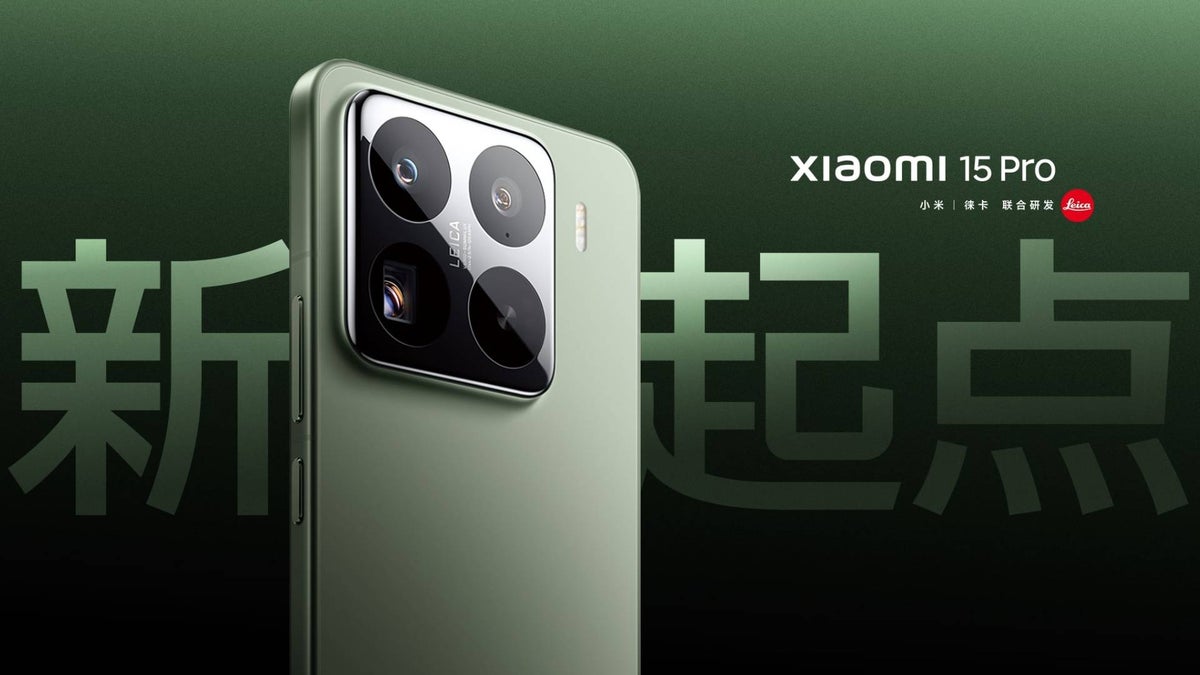
Unlike Bluetooth or Wi-Fi, which operate over narrower frequency bands, UWB uses a very wide frequency spectrum with low energy levels, allowing for precise spatial awareness and data transfer with minimal interference.
One of the most notable features of UWB is its ability to determine location with centimeter-level accuracy. This makes it particularly useful for applications requiring precision, such as digital car keys, where a smartphone can unlock a vehicle only when the user is nearby. It also enhances features like AirDrop-like file sharing by allowing devices to detect each other's direction and distance, creating a more intuitive and secure transfer experience.In smart home ecosystems, UWB can improve the interaction between smartphones and connected devices. For instance, approaching a smart speaker or TV with a UWB-enabled phone can prompt seamless pairing or content handoff. UWB also supports secure access and tracking, which can be applied to locate lost items using compatible trackers more accurately than Bluetooth-based alternatives.As adoption grows, UWB is expected to support even more innovative use cases, especially in augmented reality (think of Apple's Vision Pro headset) and indoor navigation, thanks to its high precision and low latency.
